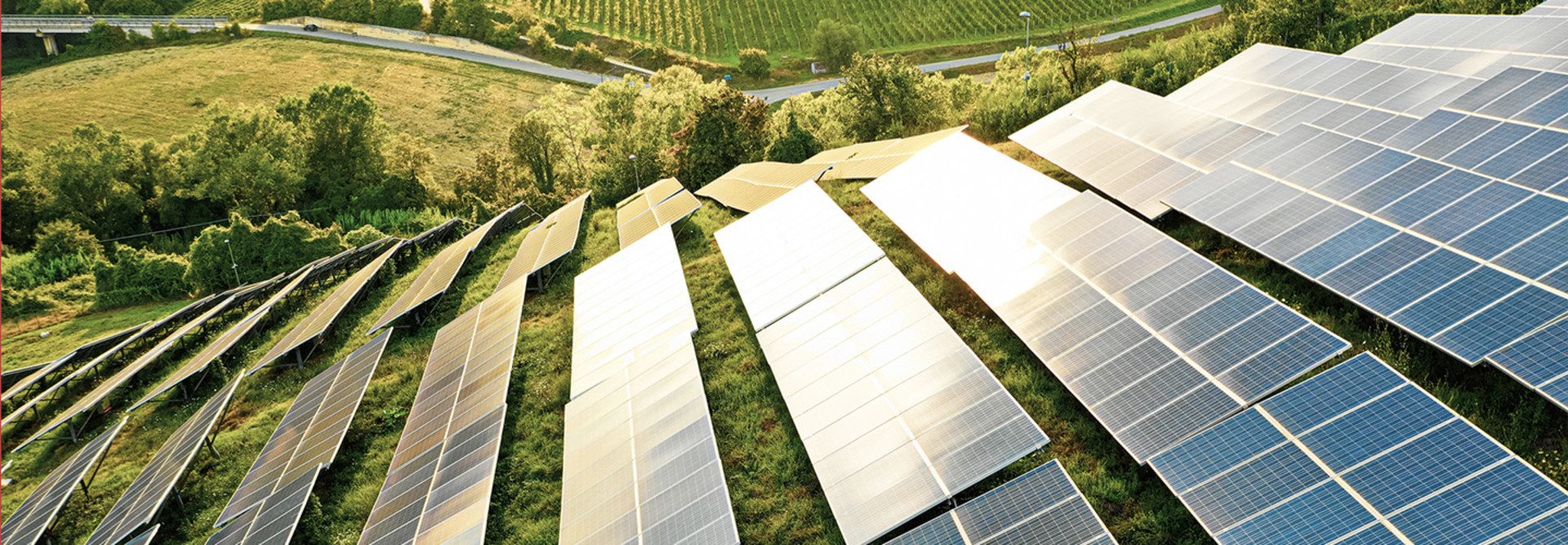“Expanding and strengthening our power grid means we can get Americans power where and when they need it most, and in so doing deploy the clean energy we need to reach our climate goals and ultimately bring down energy costs,” said Secretary of Energy Jennifer Granholm in a statement. “With nearly 70% of the nation’s grid more than 25 years old, the president’s Bipartisan Infrastructure Law is a pivotal catalyst for transmission projects across the nation.”
The agency touted independent estimates that say the U.S. needs to increase electricity transmission systems by 60 percent by 2030, “and may need to triple it by 2050 to meet the country’s increase in renewable generation and expanding electrification needs.”
So far, so good. The DOE says investments in smart grid technology were $6.4 billion in 2018 and are expected to grow to $16.4 billion annually by 2026.
What Is a Smart Grid?
A smart grid is the melding of traditional power generation and transmission equipment with cyber innovations, including sensors, computing power, automation, advanced metering and control, and data management. What was originally a highly centralized operating environment becomes a two-way information stream with the network reporting back in real time.
According to experts, a smart grid makes transmission more efficient, allows quicker restoration, lowers operational costs for utilities (and theoretically customers) and increases the integration of renewable energy sources.
“A lot of these technologies can enhance reliability and respond to outages,” says Paul Zummo, director of research and development for the American Public Power Association. The group represents public electric utilities in 49 states and provides grant funding for next-generation pilot projects.
For example, the Sacramento Municipal Utility District and the National Renewable Energy Laboratory used a grant to develop a tool to make it easier for utilities to connect residential solar panels to the grid. The City of Rock Hill, S.C., is using its grant money to help make fault detection more visible to repair crews to shorten the duration of power outages.












